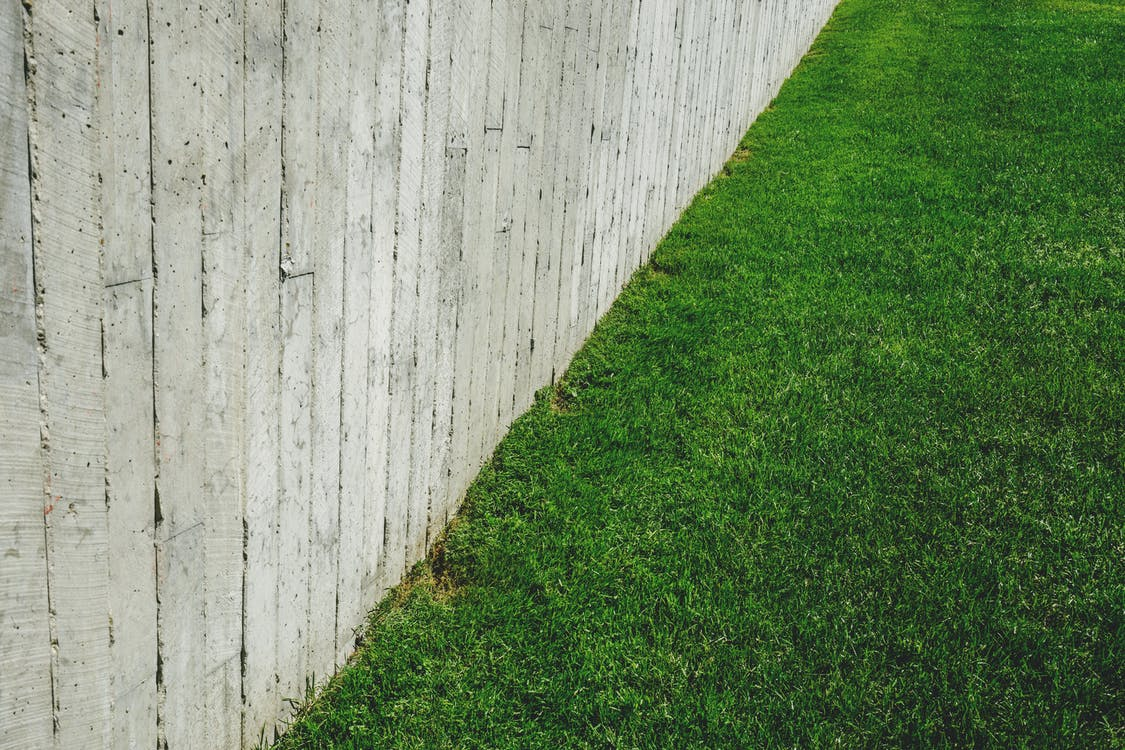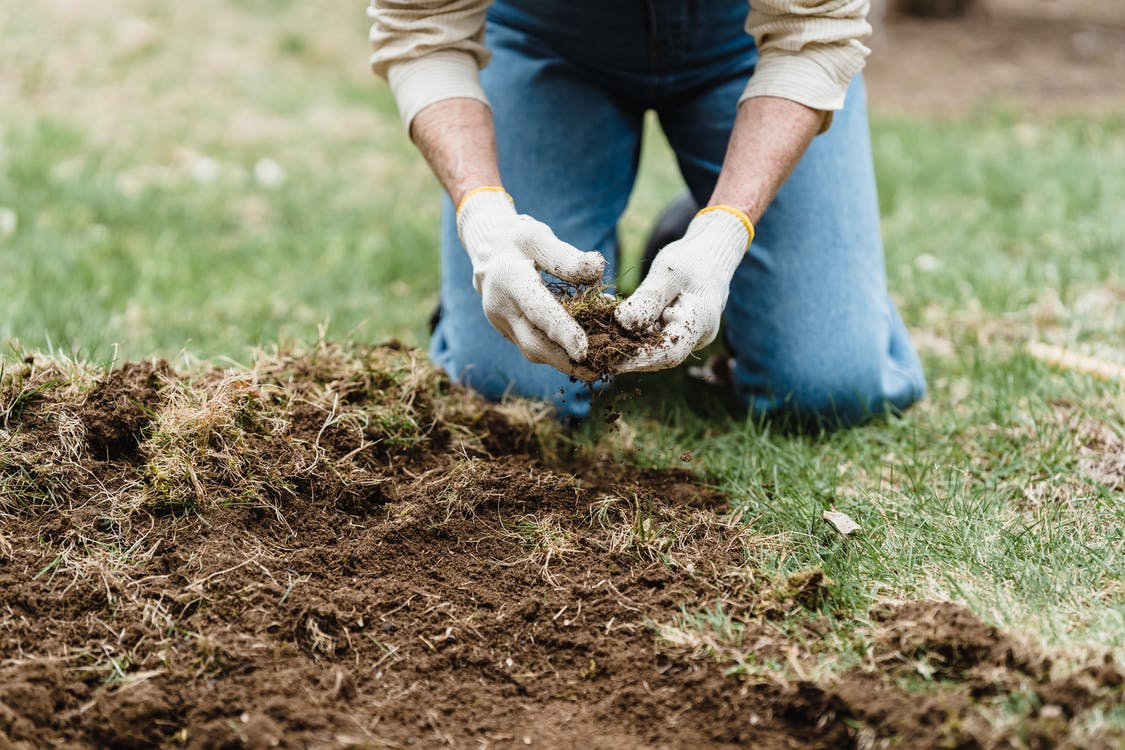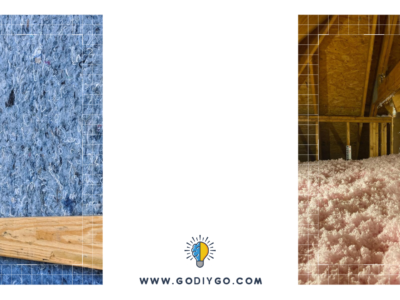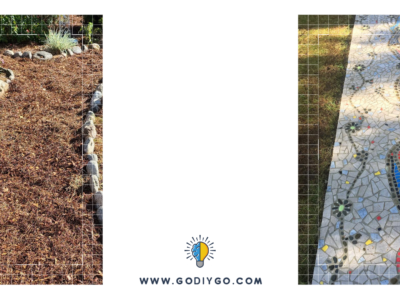When longer days and wetter weather revitalize your yard, you know spring has arrived. All of the landscaping surrounding you will undoubtedly stimulate thinking about your favorite backyard pastimes, and it will surely serve as a fantastic incentive and inspiration to return to your grass.
Your lawn doesn’t require much upkeep to become the focal point of your yard. You can do it yourself, which is the finest part. As a result, we offer you a few pointers to help your grass reach its full potential with minimal effort!

1. Mowing
Mowing is by far the most vital component of lawn maintenance, making it one of the most crucial DIY lawn tips. Proper mowing encourages grass plants to produce new shoots, which makes your lawn appear thicker and has a more appealing texture.
Mowing regularly is an excellent, chemical-free method of weed management. Of course, good working tools are required first and foremost. A lawnmower, in this example. To that end, gardening enthusiasts over at https://gardenandgrass.com will be able to provide you with excellent advice on lawn care and proper equipment to make this job easier. Half the job is done by a decent lawnmower, but that is not to imply that you will not need to treat weeds as part of your lawn care regimen. When they’re gone, though, a dense sward of grass makes it impossible for new weeds to establish themselves. And if you do get a stray plant in there, many weeds despite having their heads hacked off and die rapidly.
When your grass has a lovely level length with no stalks or clumps, you can get away with a little moss or the occasional weed. Your grass will look better right away, and you can deal with the specifics afterward.
2. Water Deeply, Less Often
Drought causes the lawn to establish a deep root system, which improves its ability to absorb rainwater from the soil. However, if you overwater, the roots will remain within a few inches of the soil surface, which is why the grass is so reliant on you for its existence. So, spraying your grass every day isn’t good for it.
Simply step on the grass to see if it requires water. If the blades do not bounce back, they are withering and need to be watered. In the summer, most lawns require approximately an inch of water each week, and less when the weather is chilly or wet.
3. Stop Overfeeding
Fertilizer is sometimes misunderstood as a fast remedy for wilted grass. However, lawn fertilizer in bags is far from a panacea. It contains a lot of nitrogen, which helps to promote a lot of new growth. New, delicate leaves are more vulnerable to physical injury and more appealing to pests. Worse yet, they are created at the expense of the growing plant’s roots. The majority of grass types only require 1 to 2 pounds of nitrogen per 1,000 square feet each year. Fast-acting chemical fertilizers provide immediate effects, while slow-acting fertilizers are less prone to burning foliage and the nutrients break down more gradually, making them simpler to absorb by plants.

4. Scarification
Consider what it would be like if you couldn’t wash your face. How would all of that dirt and filth accumulate over time, preventing your skin from working properly?
In terms of lawn maintenance, scarification is the equivalent of washing and exfoliating your skin. It removes accumulated waste such as dead leaves, moss, and the odd weak plant. This permits the plants to grow sideways and allows water to seep into the soil rather than sit on the lawn top. Most critically, it eliminates the material that allows common grass diseases to develop.
You can scarify your grass using a spring tine rake, but we recommend hiring a mechanized scarifier.
Scarifying your lawn once a year—in the spring or the fall—is usually sufficient for most lawns.
5. Sunlight and Ventilation
To grow, grass plants require sunshine. Even shade-tolerant grasses are unable to thrive in complete darkness. You’ll also notice that moss is more likely to grow in the shade of trees and hedges. Make sure your grass receives plenty of sunlight and has sufficient ventilation. Trimming hedges, pruning trees, and rethinking the form and size of your lawn are all possibilities. There’s no reason to hide your grass behind a walkway or a huge border of ferns and hellebores.
6. Aerate
Aeration facilitates the passage of air and water to the grass’s roots, which is necessary for the lawn to receive the nutrients it requires. Aeration is done by making tiny holes at specific intervals and depths, which can be done using a garden fork or specially designed instruments and machinery—even aerating shoes!
Lawn upkeep, especially on sunny spring days, may be a great delight. Your lawn will look better than ever with these simple ideas, and your neighbors will undoubtedly seek your assistance the next time they arrange their garden!
















